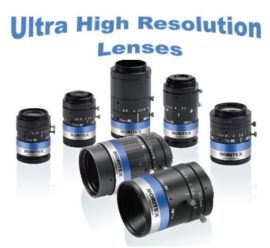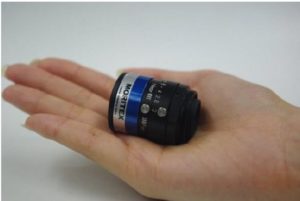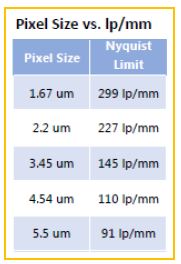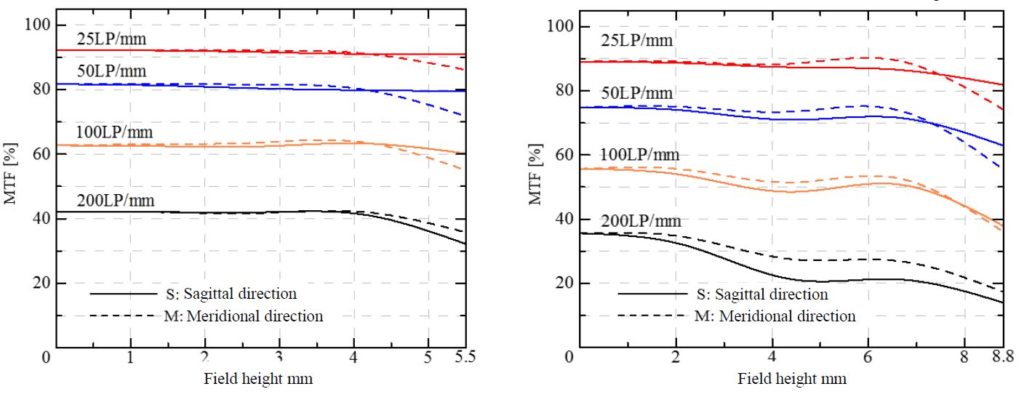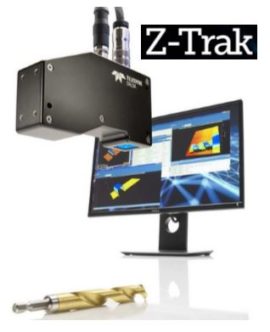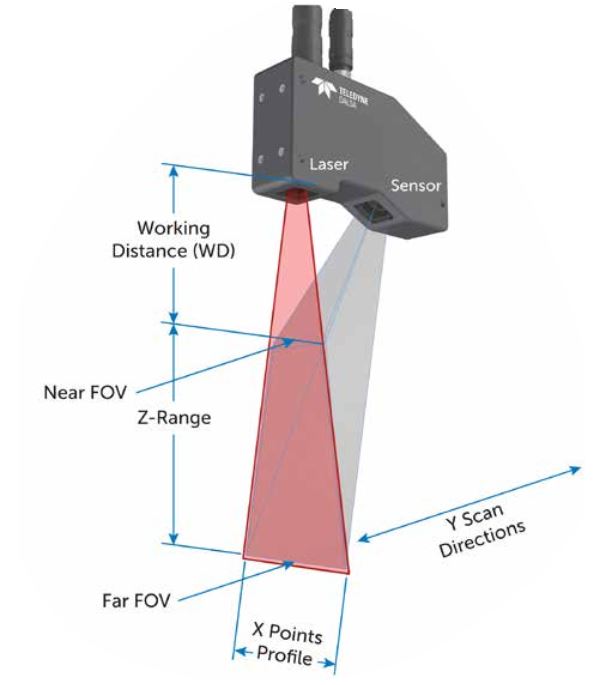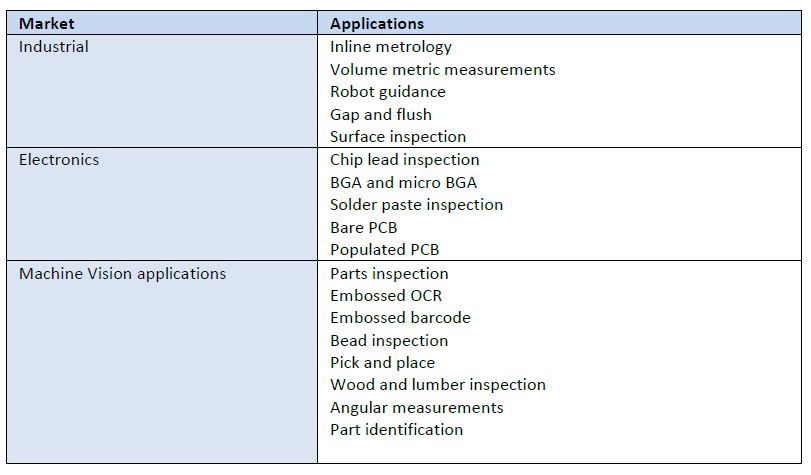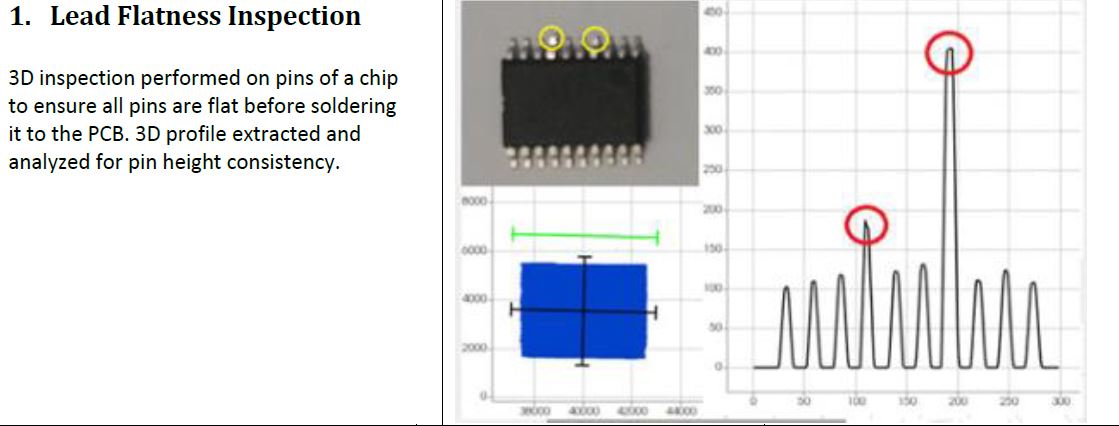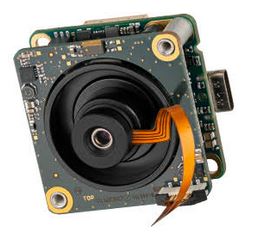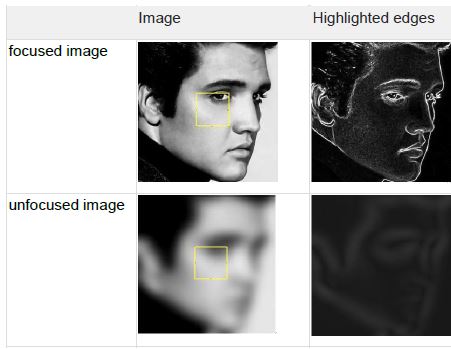We are excited to announce that 1stVision has been acquired by Next Imaging as of February 7, 2020. We will be doing business as 1stVision, Inc. keeping our well-known presence in the imaging market for the foreseeable future and continuing to serve the North American Market at the highest level. Industry veteran Mike Troiano [has joined us to expand our presence and knowledge.
Next Imaging also owns Image S SpA, the largest imaging distributor in Italy. Next Imaging’s focus is to build a strategic platform for imaging distribution in the American and European markets. Together we are the only distribution partner in the world to service both North America and Europe for many of our principals.
We have helped deploy nearly 100 systems since early March for the detection of COVID-19 and for diagnostic systems to help patients recover. Global suppliers have supported us with lead times in as short as 4 business days for products that normally take 4-8 weeks in our fight. As the North American market’s largest supplier of imaging components, we have been sited by several of the world’s top healthcare organizations as a key partner and an essential supplier during this time. We remain open for business Monday through Friday 8-4PM EST.
During the difficult time caused by the COVID-19 pandemic, we look forward to a bright future supporting our existing and new customers for medical, industrial and emerging imaging applications.
1stVision’s team of experts have nearly 200 years of combined experience providing a high level of technical know-how. With a large portfolio of cameras, lenses, cables, NIC cards and industrial computers, we can provide a full vision solution! Freel free to contact us for immediate technical assistnace HERE

